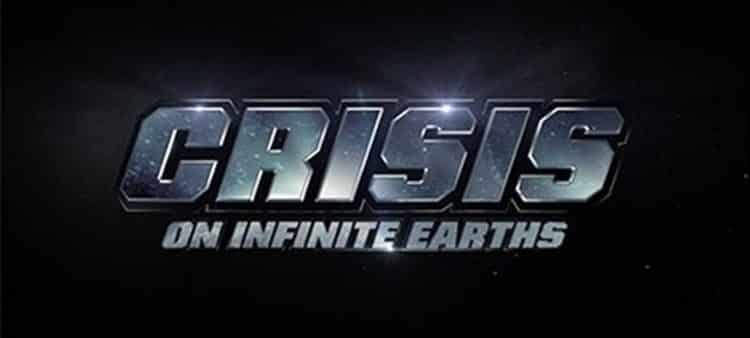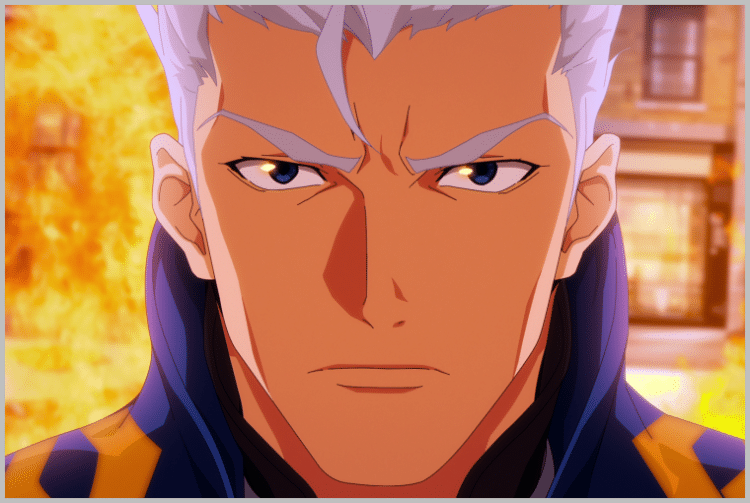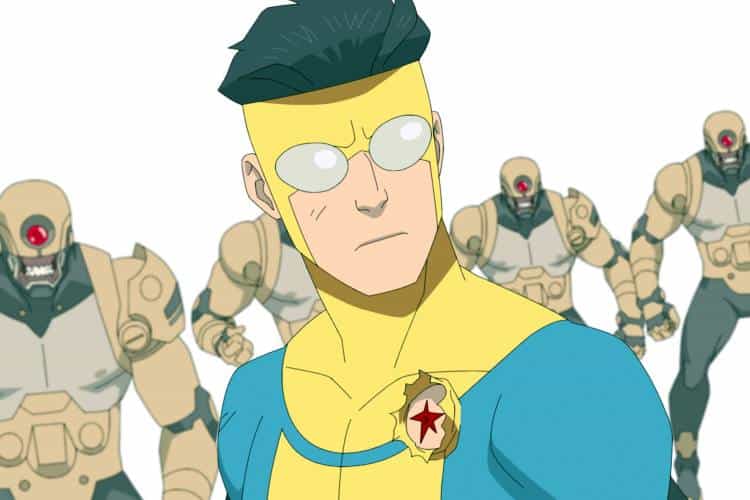Part two of our series on Superhero History.
Jump to Part 1: From the Golden Age to Censorship
Scene Select
Silly Super-Science: The Silver Age of Superhero History
Superman: “These “no-nonsense” solutions of yours just don’t hold water in a complex world of jet-powered apes and time travel.“
J.L.A. Classified #3
After WWII ended and the Comics Code Authority rose to power, comics became lighter fare. With the technological breakthroughs caused by WWII and the advent of the space race, interest in sci-fi skyrocketed. Superhero comics began featuring aliens and robots instead of thugs and racketeers.
Readers were told that Superman gained his powers from the sun and could fly. His already incredible powers surged from amazing to godlike, making him capable of almost anything. A new Green Lantern was introduced as an interstellar cop. Various animals gained powers and costumes from Krypto the Super-dog and Ace the Bat-hound to Comet the Super-horse and Beppo the Super-monkey.
In 1961, Stan Lee was tasked with creating something to compete with DC’s Justice League. He collaborated with Jack Kirby and created The Fantastic Four, a huge departure from the comics norm. The team didn’t have secret identities, bickered with each other, and even included a monster. Seeing that characters with real world problems were popular, Stan and Jack created other heroes. Soon readers could choose from Spider-Man, who struggled to live his life while being a hero, The Incredible Hulk, who was constantly pursued by the army, and The X-Men, who were hated and feared for being different.
As the CCA’s power waned, Silver Age era stories grew bolder and more mature. The Silver Age finally ended in 1973 in the famous Spider-Man story “The Night Gwen Stacy Died.“
Not Your Dad’s Comic Books: The Bronze Age
Psycho Pirate: “I mean, nothing’s ever certain anymore. Nothing’s ever predictable like it used to be. These days… y-you never know who’s going to die… and who’s going to live.”
Crisis on Infinite Earths
Comics enjoyed a renaissance in the 70’s and 80’s. Mature stories dealt with social issues, supervillains were able to murder and maim again, and stories changed from episodic one shots to sweeping story lines lasting weeks or months. The heroes were no longer invincible and sometimes failed, villains could succeed, and morals shifted from black and white to shades of gray.
The Bronze Age is marked by many classic story arcs from the X-Men’s “Dark Phoenix Saga” and “Days of Future Past” to DC’s continuity reboot, “The Crisis on Infinite Earths“. Gritty anti-heroes became popular, including The Punisher, Ghost Rider, Swamp Thing, and Jonah Hex. Most importantly, graphic novels like V For Vendetta and From Hell were introduced and became popular.
As the years passed, inexperienced writers began confusing mature stories with dark stories in an attempt to appear edgy. Two influential miniseries released in 1980s, Watchmen and Batman: The Dark Knight Returns, showed how dark and mature properly blended. They were dark, emotional stories that questioned the nature of heroism and explored their characters as people instead of heroes.
While they were dark, brutal, and deconstructed the heroes, both stories then worked to rebuild them, always maintaining a faint undercurrent of hope. Unfortunately, many writers tried to copy this style, completely missed the point and decided brutal deconstruction was goal. This led the entire industry to the Dark Age.
Total Eclipse of the Plot: The Dark Age of Comics
Spider-Man: “Say, friend, what’s this whole kick you’re on? You said you were a marine—so how come you’re fighting over here?“
Amazing Spider-Man #129
The Punisher: “That’s my business, superhero. Not yours. Maybe when I’m dead it’ll mean something…but right now I’m just a warrior…fighting a lonely war.“
Spider-Man: [thought bubbles)] “Something tells me that man’s got problems that make mine look like a birthday party.“
The Dark Age of Comics peaked during the late 1980s and 1990s, an unpleasant chapter of superhero history. Anti-heroes gunned down thugs by the score, traditional superheroes were seen as idealistic boy scouts, and the settings were gritty and edgy. Anti-heroes names all included some combination of blood, kill, strike, hell, death or whatever sounded tough or cool and was actually trying too hard. Women were drawn with shapes that made Barbie look obese and spines that doubled as rollercoasters in an attempt to show T and A.
Writers delighted in creating new ways for characters to be broken and show the futility of being a hero, all while reveling in their anti-hero’s badass stories. Readers grew bored of all the darkness and misery, however, and yearned for heroic heroes. Writers had deconstructed superheroes too much.
It was time to rebuild.
Reconstruction: The Modern Age of Comics
Captain Marvel: “What happened to happy endings? “I’ll get out and destroy everything…” HA! I don’t know about you. But that sounds to me, like tomorrow’s big adventure!”
The Multiversity: Thunderworld
Heroes once again are paragons of justice, villains are the stuff of nightmares, and millions of people flock to the movies to see superhero stories.
The new millennium brought superheroes full circle. Since 2002, a superhero movie has been the highest-grossing film of the year three times. Billions of dollars have been made by other films based on comics and superheroes.
Didya Get All That?
Superheros history is one helluva ride and isn’t anywhere near done yet.
Jump to Part 1: From the Golden Age to Censorship

Jared Bounacos has written for Movie Rewind since 2016.





Leave a Reply